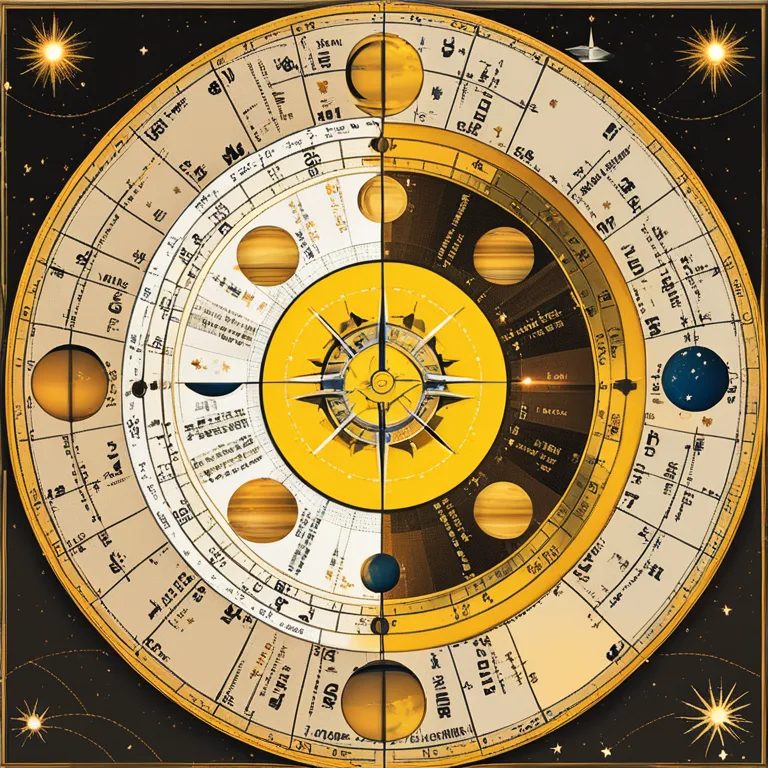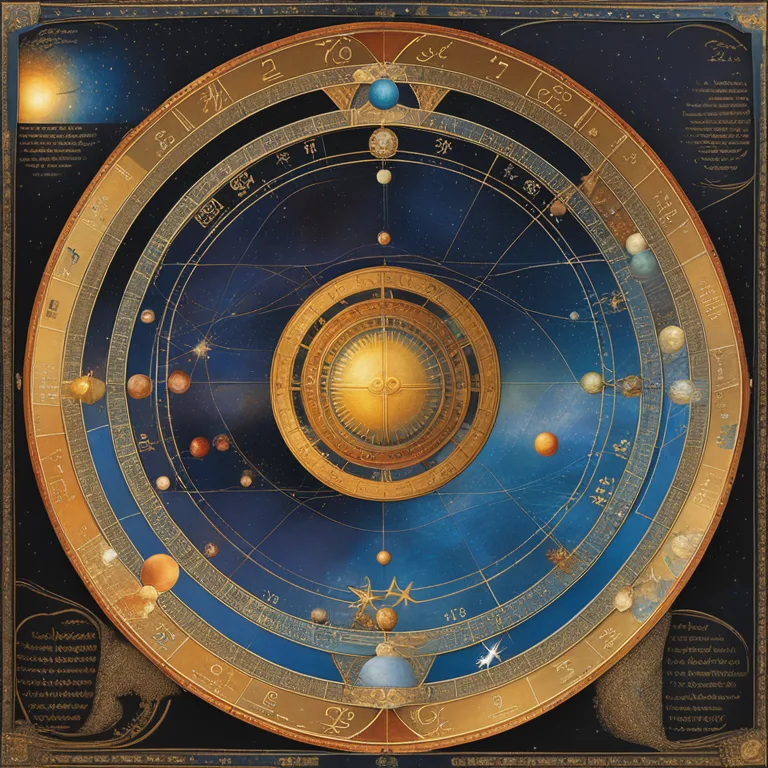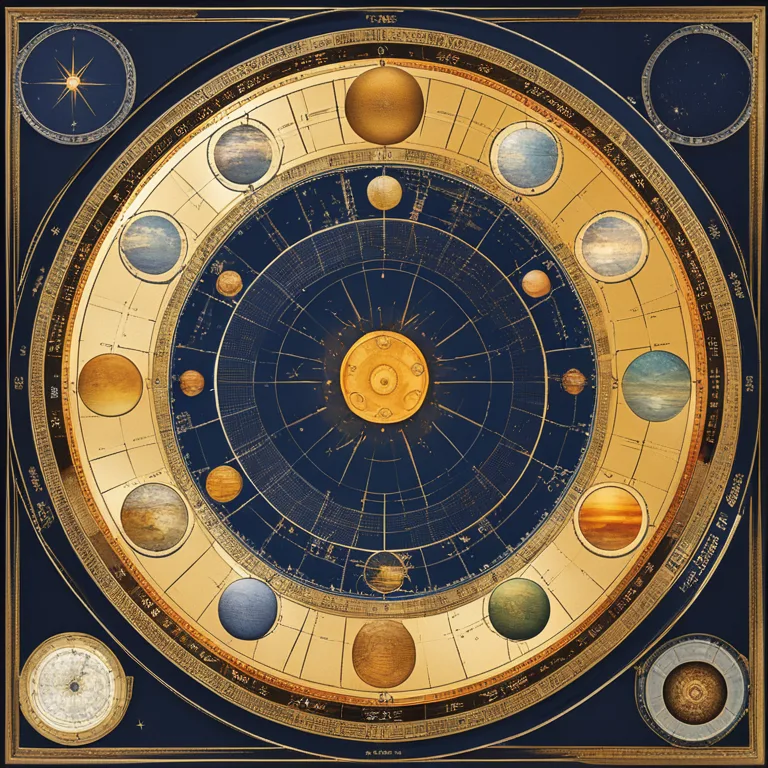
Is Your Birth Chart Changeable or Not?
Delve into the permanence of birth charts and the role of transits and progressions in astrology—does one's natal promise remain fixed?
article by Priya Deshmukh
What Is A Birth Chart?
Astrology hinges on the birth chart—a cosmic snapshot of the planets' positions at the moment of birth, laying down the foundation for one's personality, potential, and life path. Each chart is as unique as a fingerprint, comprising several components such as signs, houses, and aspects that interweave to narrate an individual's astrological narrative. Central to this is the belief that the initial configuration holds significant influence throughout a person's life, guiding astrologers in making predictions and understanding one's innate dispositions.

The Unchanging Core
The question that surfaces time and again is whether this birth chart changes over time. The answer is two-fold. The core chart, reflecting the planetary placements at your birth time, remains unaltered throughout life. It serves as the baseline for interpreting personal characteristics and potential. No subsequent movement of the planets can alter this birth imprint. It is a constant source of insight from infancy to maturity and is not subject to change, thereby maintaining its integrity as one's personal celestial map.

Transits: The Ever-Shifting Sky
While the birth chart itself is static, the dynamic realm of astrology comes into play through transits—the movement of planets after one's birth. As these celestial bodies continue their journey through the Zodiac, they form angles to the positions in one's natal chart, triggering developments and influencing life events. Transits are essential in forecasting, offering a temporal layer to the otherwise fixed birth chart, showing how planetary energies interact with our natal potential in the given year, including 2024 and beyond.

Progressions: Personal Evolution
Another dimension of astrological change is the concept of progressions, which symbolizes inner growth and shifts in consciousness. Often described as the evolution of the birth chart, progressions track the slow-moving changes within, reflected by subtle planetary shifts. They unfold across our lifetimes, distinct from the daily planetary transits, suggesting a more profound and internal metamorphosis. Progressions point toward personal development and highlight the age-specific phases we each encounter.

Time and Sensitive Points
There are also pivotal moments in time when transits and progressions activate sensitive points in one's natal chart. A transiting planet may come into contact with a key natal position, or a progression may align in such a way as to emphasize an aspect of one's chart. These events act as astrological mile markers and can signify significant turning points in an individual's journey. As we move into 2024 and beyond, these sensitive points will continue to underscore the enduring relevance of our natal configurations.
Free Will and the Cosmic Dance
Finally, the interplay between the static birth chart and the moving cosmos highlights astrology's dance between destiny and free will. The notion that some elements are predestined, while others are open to choice and change, prevails. As much as the birth chart may suggest certain experiences or traits, how we navigate them is a testament to our personal agency. Thus, while the birth chart remains unchanged, our understanding and expression of its energies are as dynamic as life itself.
Published: 12/27/2023
Modified: 12/28/2023
More predictions
Come back here soon to learn more about yourself and your future


The Value of Your Birth Chart Circle
Delve into the mysteries of your birth chart circle and learn how the heavens at your birth moment influence your life path.


Astrology: Guide to Reading Your Birth Chart
Delve into the intricacies of your birth chart with a step-by-step guide to reveal the cosmic blueprint of your life.


Birth Charts Unravelled: Beginner's Guide
Delve into the basics of birth chart analysis and its significance in personal astrology with this beginner-friendly guide.